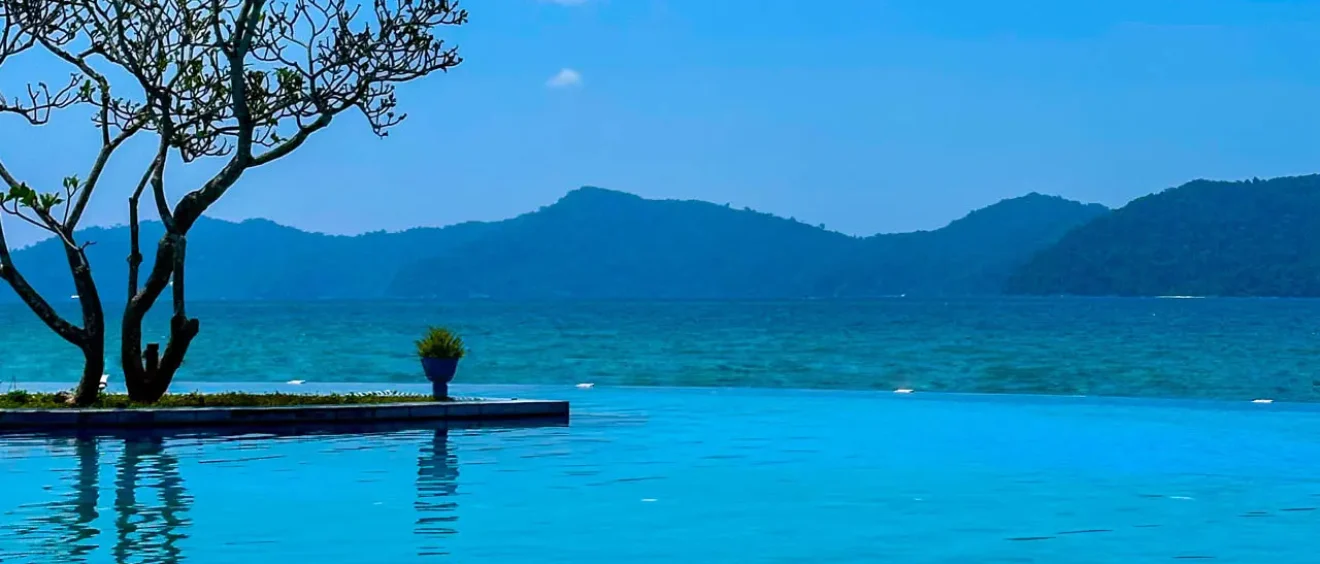This post is part of our wild adventure to Malaysian Borneo. In case you don’t want to read this sequentially, or you are looking for a specific part of the trip, here are some shortcuts:
Our top priority during our time in Malaysia was seeing the wildlife of Malaysian Borneo. This island is shared by Malaysia, Indonesia, and Brunei. We’d previously visited the Indonesian side, and had no interest in Brunei.

With work commitments taking me to Singapore in mid-May and visa constraints requiring me to depart Malaysia by early May, the logistics presented a challenge. The thought of flying all the way back to Australia, only to return to Singapore a few weeks later, seemed impractical. Moreover, staying in Singapore for an extended period was cost-prohibitive due to ridiculous hotel rates.
The solution became clear: spend a glorious 10 days in Malaysian Borneo before my visa expiration, and then embark on a unique adventure in the Maldives (which surprisingly proved more budget-friendly than Singapore).
Malaysian Borneo is similar to California in size, but just a tad more humid and with a bit less infrastructure. So, even though we had ten days to explore, a considerable amount of time is needed to move between destinations. We also booked this two weeks in advance, so it was challenging to cobble together an itinerary due to availability. We decided to spend one night in Kota Kinabalu, one night in Sepilok, three nights in Kinabatangan, one night in Lahad Datu, and three nights in the Danum Valley.
Getting to Malaysian Borneo in East Malaysia
The easiest way to get to Malaysian Borneo is a two and a half hour flight from Kuala Lumpur to Kota Kinabalu. “Kota” translates to “fort” or “city” in Malay, and “Kinabalu” is the name of a prominent mountain in the area.
Kuala Lumpur, Langkawi, and the Perhentians are all part of West Malaysia. East Malaysia is part of the island of Borneo and comprises the states of Sabah and Sarawak. Though it is part of Malaysia, there are domestic immigration checks as a result of historical agreements, border control measures, and visa requirements.
Immigration put us through quite a bit of scrutiny because my work visa for West Malaysia was set to expire in just 11 days. I had to lay out our entire holiday agenda for West Malaysia (just to assure them I wouldn’t be working), demonstrate our exit plan from West Malaysia, and also confirm our departure date from Malaysia as a whole. We’re just here to see the monkeys.
Shangri-La Tanjung Aru
We chose the Shangri-La mainly for its proximity to the airport. When we arrived, someone was playing a traditional drum which provided a lovely atmostphere.
We checked in at the air-conditioned Shangri-La Circle area, although it puzzled us because our only previous Shangri-La stay had been in Penang for two nights. The clerk mentioned we were the only non-Korean guests, which struck us as an odd thing to say, but she checked us in early so all good.
Our room was comfortable, but the ocean view didn’t quite match our expectations.
Most of our afternoon was spent enjoying the pool. We were the only ones not wearing life vests and only a few people were showing any skin at all.
In the evening, we visited the Sunset Bar for happy hour. We ordered calamari and satay, which ended up being our dinner.
The next day, we got an early start and headed to the breakfast buffet at Cafe TATU. It was packed and a little overwhelming, so we remembered that “Circle Guests” had access to another breakfast spot upstairs. We were the only ones there, and the air-conditioning was a welcome relief from the heat.
Our time in Kota Kinabalu was essentially a long layover en route to our first destination on this journey: Sepilok. From Kota Kinabalu, we hopped on a quick one-hour flight to Sandakan.















